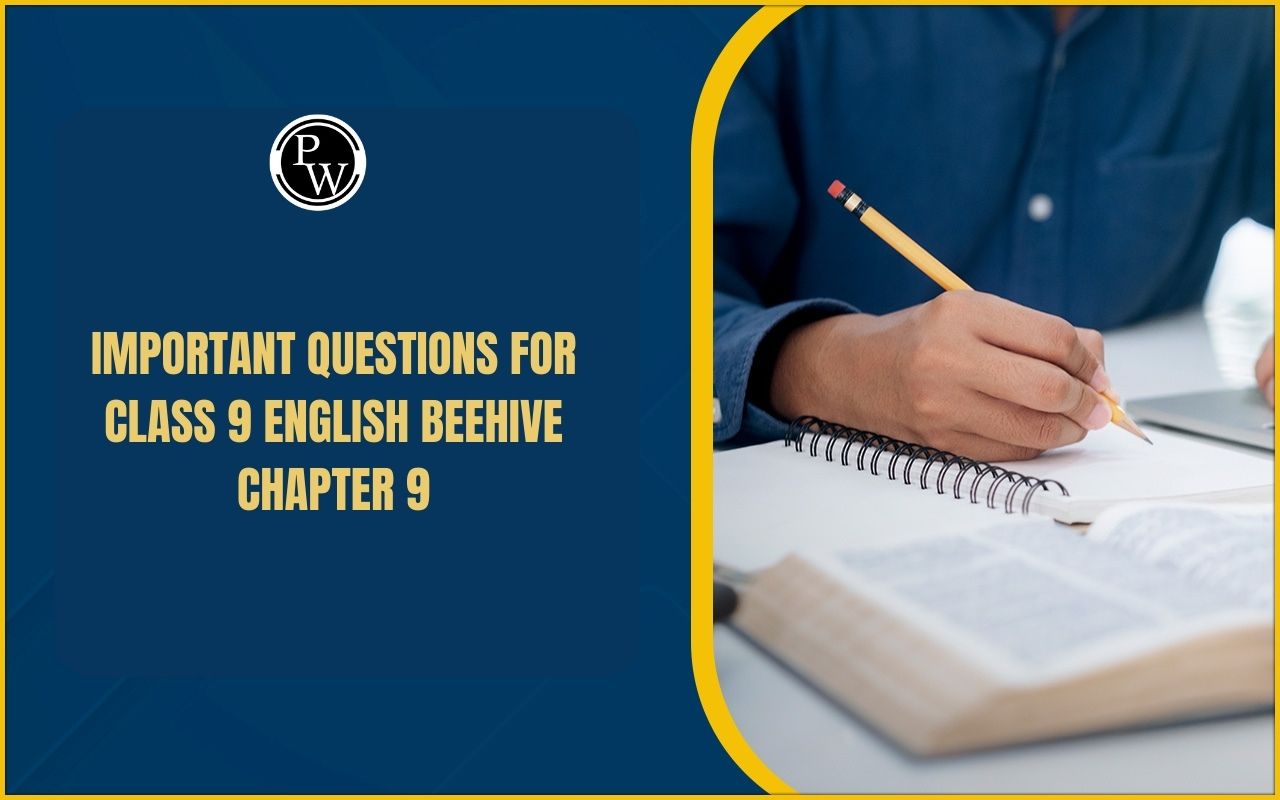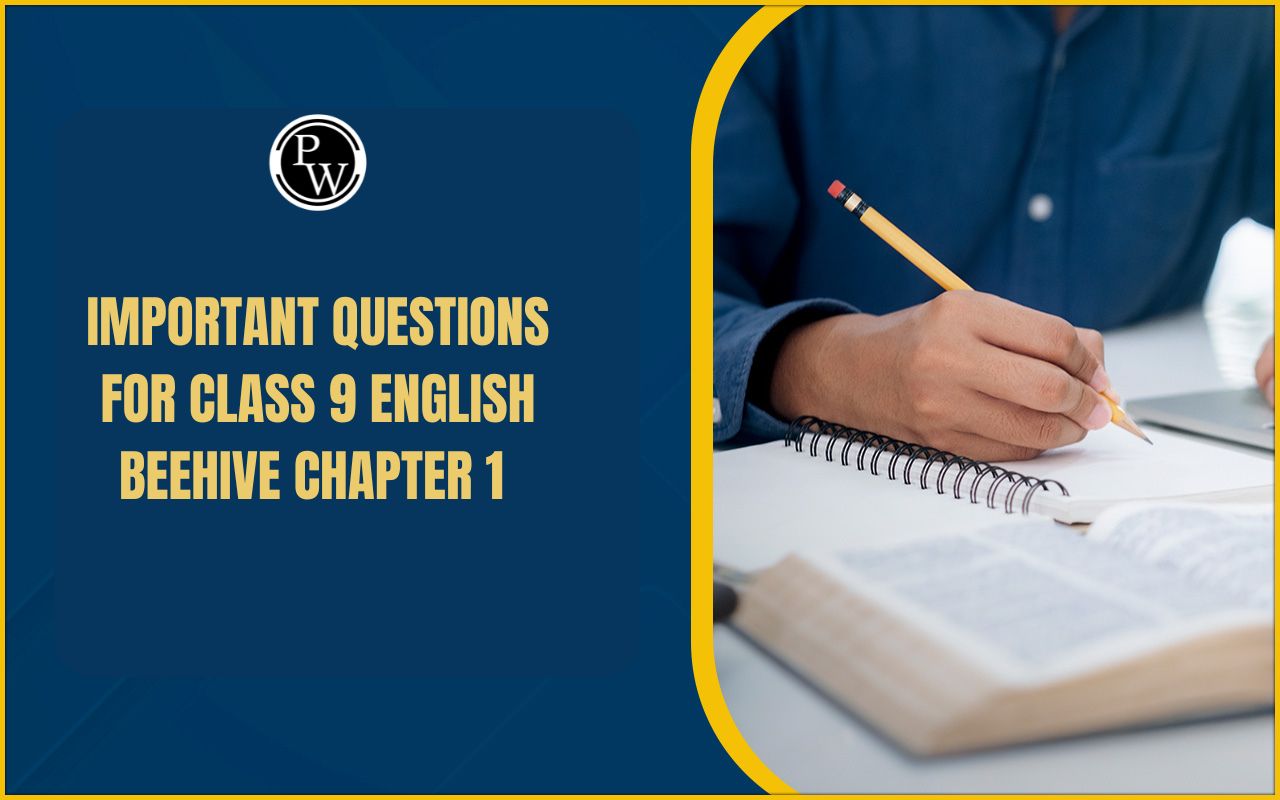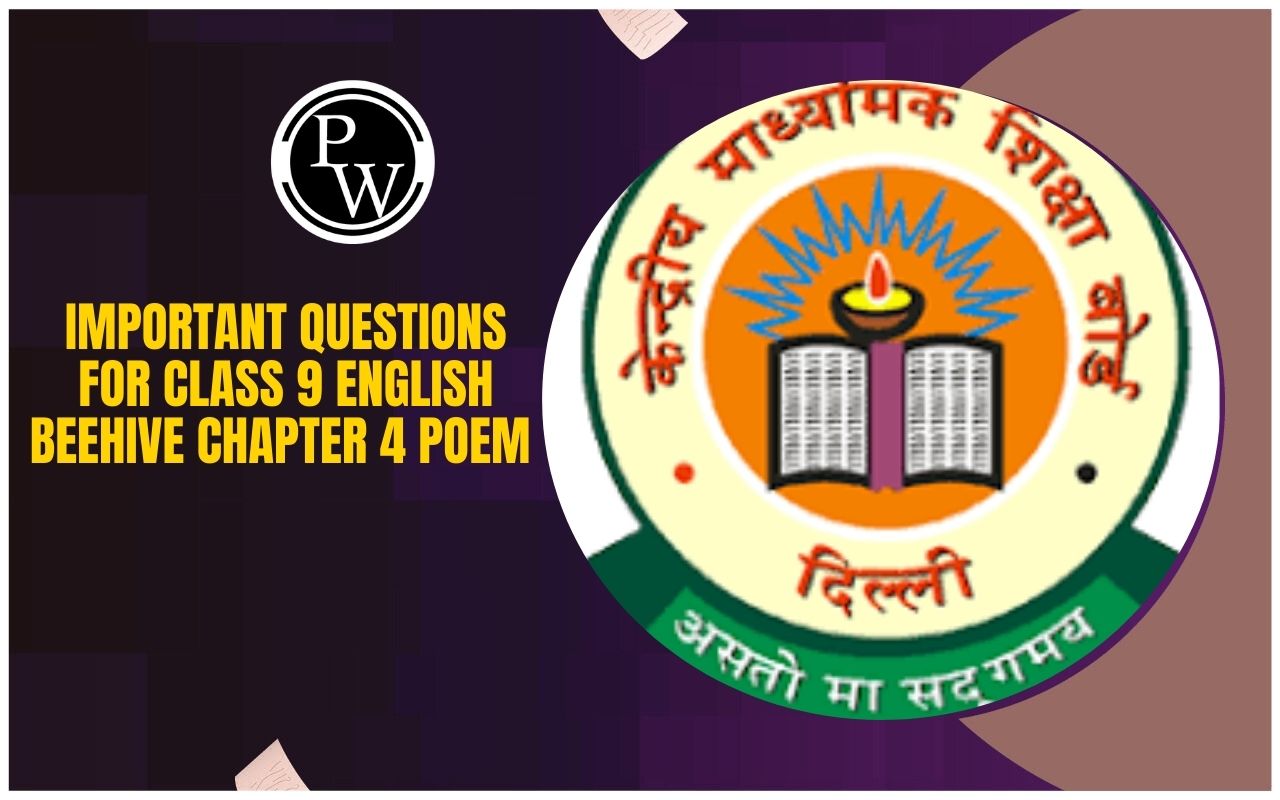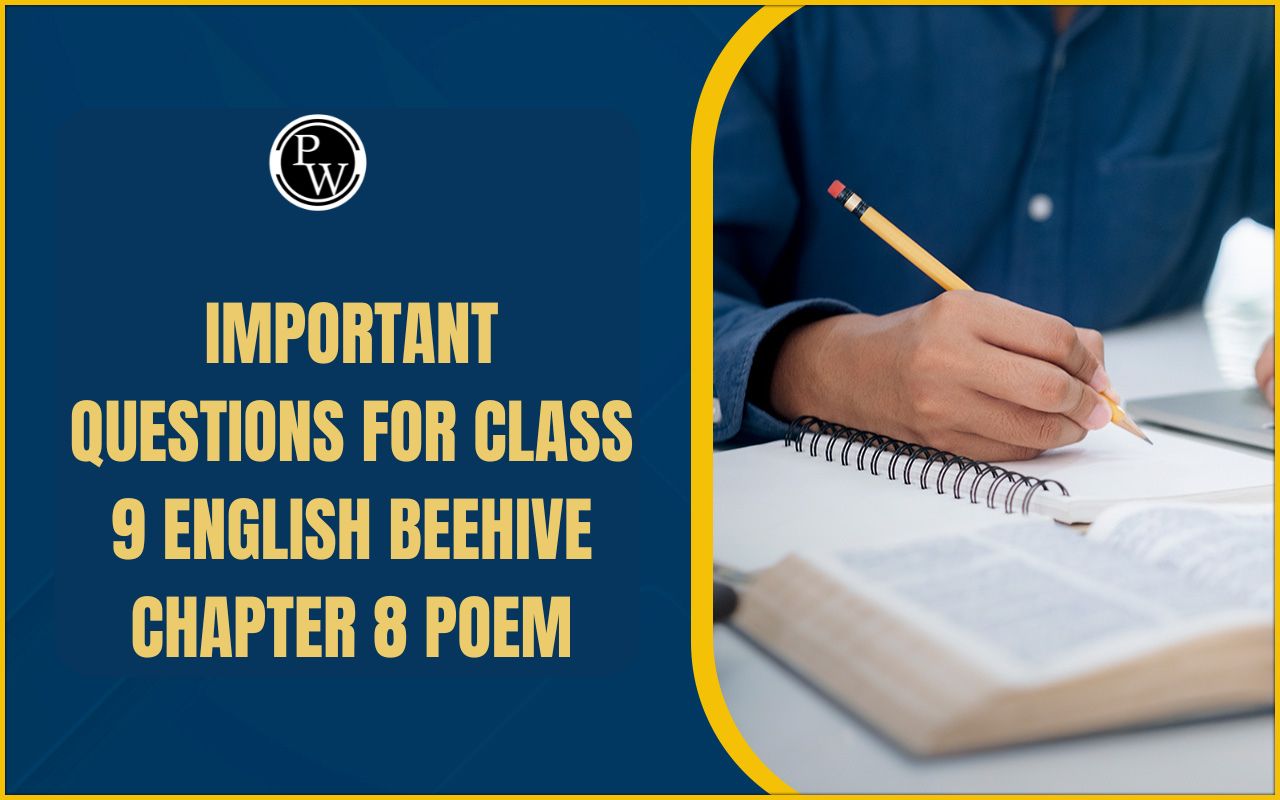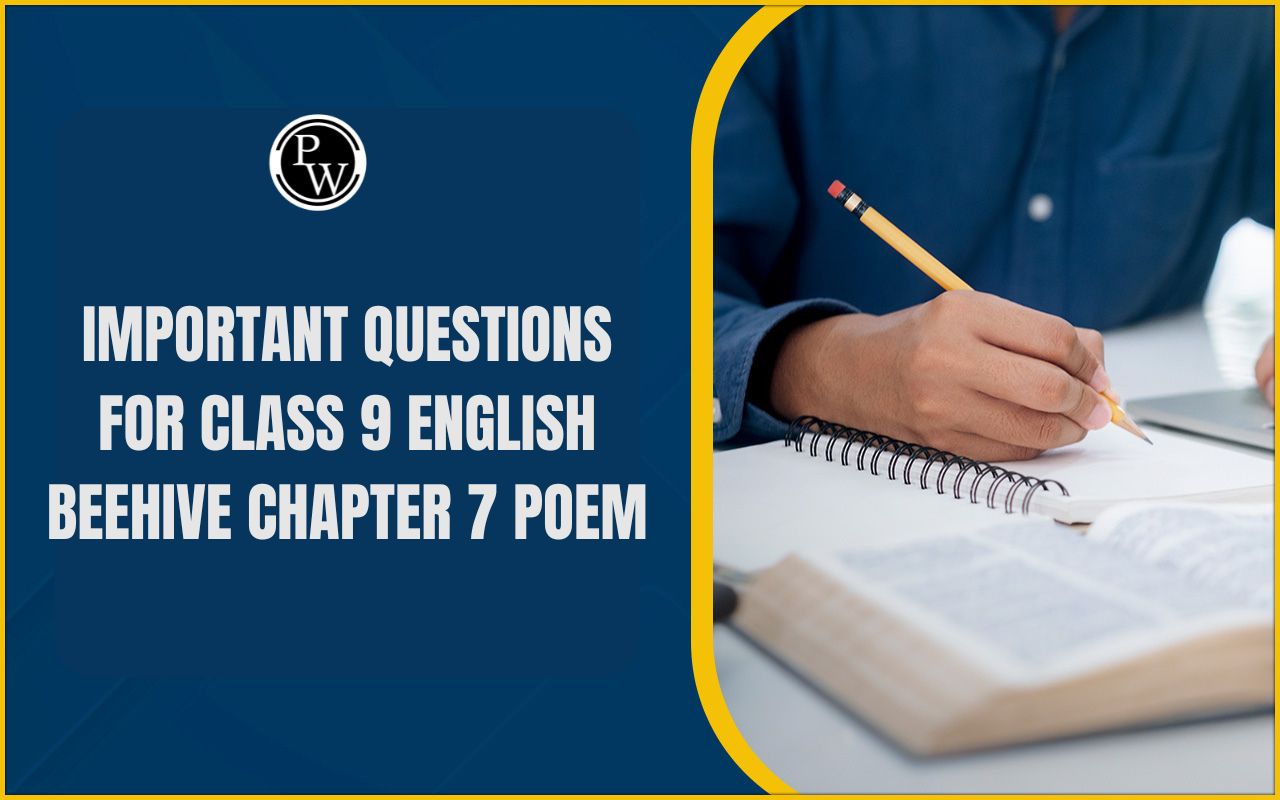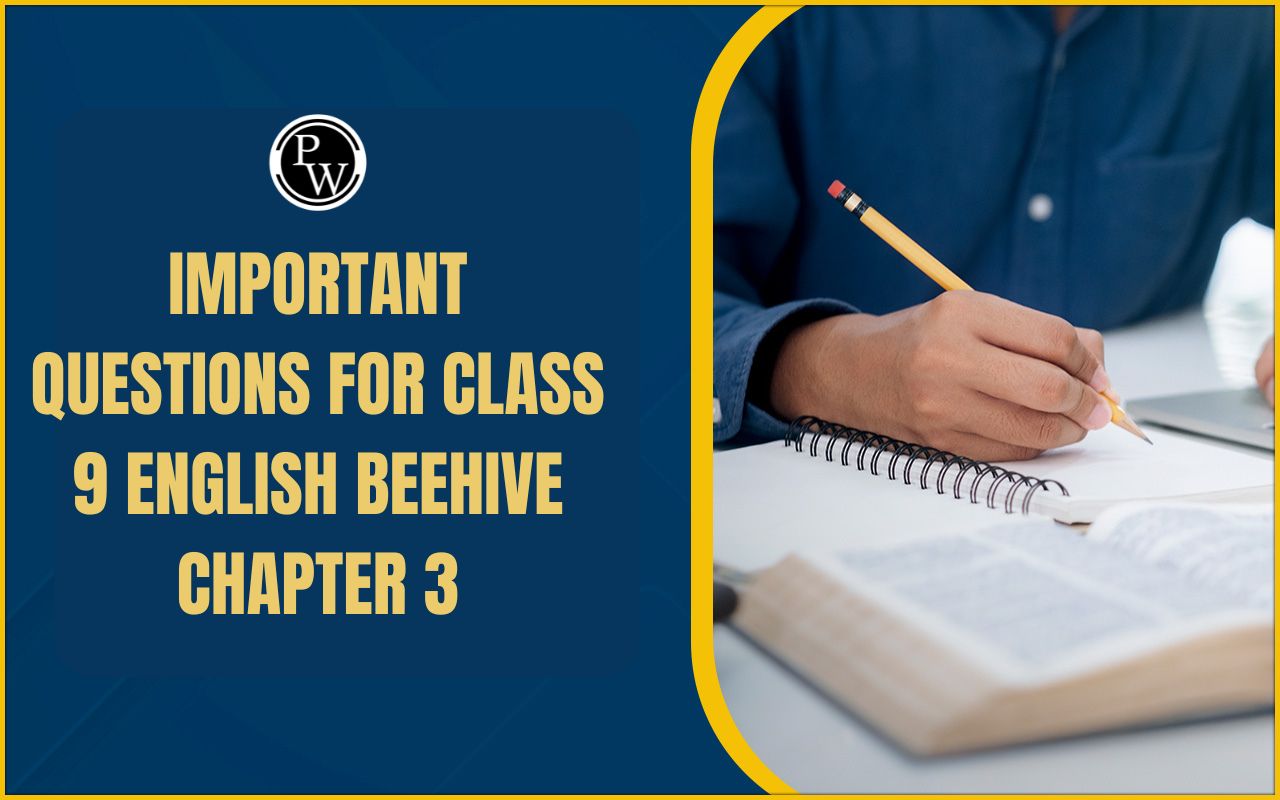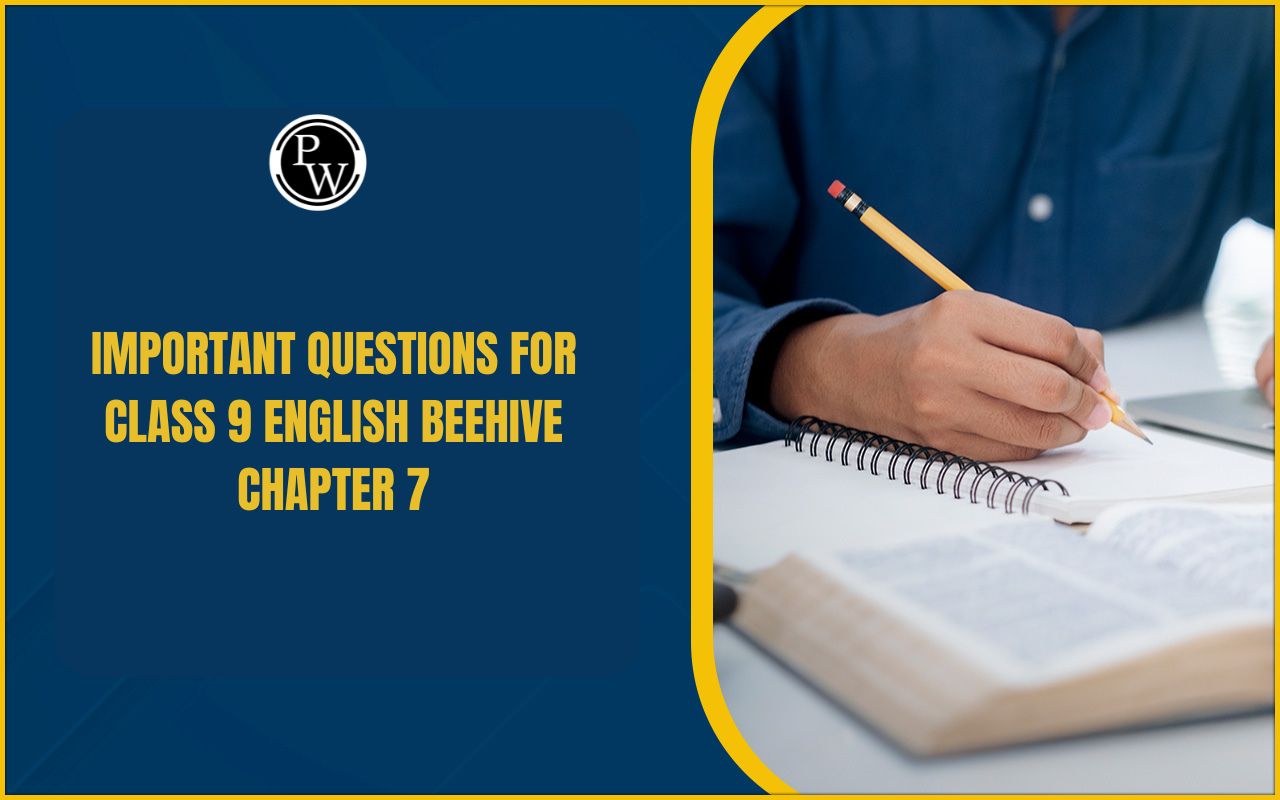

The NCERT Solutions for Chapter 2 A Dog Named Duke provide detailed and accurate answers to all textbook questions as per the latest CBSE Class 9 English syllabus and CBSE exam pattern. These solutions help students understand the emotional bond between a man and his loyal dog, enhancing reading and writing skills. Practising these answers is useful for internal assessments and board exam preparation.
They are especially helpful when solving previous year papers, as many questions are often repeated. These solutions support thorough revision and help students perform confidently in their literature exams.
NCERT Solutions for Class 9 English Literature Reader Chapter 2 A Dog Named Duke
A Dog Named Duke is a heartwarming story from the Class 9 English Literature Reader that highlights the strong bond between humans and animals. The chapter narrates the inspiring journey of Chuck Hooper, a former athlete who is left partially paralyzed after a car accident. With the loyal support of his dog Duke, Chuck gradually regains his strength and spirit.
The story beautifully portrays Duke’s devotion, discipline, and determination in helping Chuck recover. It is a tale of resilience, hope, and companionship, making it an emotionally moving chapter that encourages readers to value loyalty and never give up in life.
Class 9 English Literature Reader Ch 2 Question Answer
Below are the NCERT Solutions for Class 9 English Literature Reader Chapter 2 A Dog Named Duke. These solutions have been prepared as per the latest CBSE syllabus and exam pattern. They provide accurate and well-structured answers to help students understand the story better and perform well in exams, especially while solving previous year papers and revision tests.
1. Duke is a Doberman. What are the other known breeds of dogs?
Some other known breeds of dogs are Labrador Retriever, German Shepherd, Golden Retriever, Bulldog, Beagle, Boxer, Poodle, and Dachshund.
2. Match the words in the boxes with their explanations given below:
| Explanation | Word |
|---|---|
| a. This is the other word for trembling. | quivering |
| b. This is used for smile. | grin |
| c. You call a person this if he/she has pale gold coloured hair. | blonde |
| d. This is a quality which relates to high energy and noise. | rambunctiousness |
| e. This is related to dancing or moving in a way involving hips & shoulders. | shimmied |
| f. This is to show violent and wild behaviour often causing damage. | rampageous |
| g. We use it for a condition which is serious, uncertain and dangerous. | critical |
| h. This is a state in which one is forced to stay in a closed space. | confinement |
| i. A medical condition involving bleeding in the brain. | subdural haemorrhage |
| j. It is a loud, deep shout to show anger. | bellow |
| k. This is a condition when the rope or leash is stretched tightly. | taut |
4. Based on your reading of the story, answer the following by choosing the correct option:
(a) With reference to Hooper, the author says, "Everything was going for him", What does it imply?
(i) he had everything that a man aspires for.
(b) Duke never jumped on Chuck again because
(iii) Duke realized that Chuck was not well and could not balance himself.
(c) The author says that Duke 'knew his job'. The job was
(ii) to get Chuck on his feet.
(d) "....... even Duke's presence didn't reach Chuck". Why?
(iv) Hooper was lost in his own grief and pain.
5. Answer the following questions briefly:
a) In 1953, Hooper was a favoured young man. Explain.
In 1953, Charles Hooper was a successful and well-liked man. He was tall, athletic, had played university-level football, and was already working as a successful zone sales manager for a chemical company. Everything in life was going well for him.
b) They said that they would create a desk job for Hooper at headquarters.
i) Who are 'they'?
‘They’ refers to the men from Hooper’s company.
ii) Why did they decide to do this?
They created a desk job for him because after his accident and partial paralysis, he was unable to continue in his active field job. The company still wanted to support him during his recovery.
c) Duke was an extraordinary dog. What special qualities did he exhibit to justify this?
Duke was loyal, disciplined, and determined. He had a deep understanding of Chuck’s condition and took on the responsibility of helping him recover. He patiently helped Chuck take his first steps and continued to motivate and assist him every day until he returned to work. His devotion and intelligence were remarkable.
d) What problems did Chuck present when he returned to the company headquarters?
Chuck’s return posed a dilemma for the company. Though he was determined and hardworking, he was physically limited, could work only for an hour a day, and couldn’t travel. It was difficult to assign him a suitable role, yet they admired his determination and didn't want to disappoint him.
e) Why do you think Charles Hooper's appointment as Assistant National Sales Manager is considered to be a tribute to Duke?
Chuck's progress and career recovery were made possible only because of Duke's constant support and motivation. The appointment symbolised the success of their journey together. It honoured Duke’s crucial role in Chuck’s life and was seen as a tribute to the dog’s dedication and love.
6. Complete the table by relating the description with the correct dates:
| Date | Description |
|---|---|
| June 1 | News spread that Hooper and Duke had made it to an intersection |
| January 4 | Hooper walked independently from the clinic to the branch office |
| March 1 | Hooper planned to start a full day's work at office |
| October 12 | Duke met with a fatal accident |
7. Just A Minute – Qualities of Charles Hooper:
Some points you may include (for speech preparation):
-
Courage: Despite being paralysed, Chuck never gave up.
-
Perseverance: He made slow but steady progress, one step at a time.
-
Determination: He aimed to get back to work and achieve his goals.
-
Endurance: He endured physical and emotional pain but kept going.
-
Faith: He believed in Duke and in his ability to recover.
8. Listening Task: (Note: This is to be completed while listening to audio in class)
Since this is based on a listening activity from a classroom telecast, it cannot be completed without the actual audio clip.
9. Writing Task – Article: Coping with Loss
Coping with Loss
Loss can be a deeply traumatic experience that leaves people in a state of emotional turmoil. When individuals face unexpected setbacks — like Charles Hooper did due to his accident — they often experience stages of shock, denial, anger, and grief. However, as seen in Hooper’s life, support, determination, and hope can help one cope and accept the changed reality. Chuck's dog, Duke, became a symbol of strength and motivation. Step by step, Hooper regained control over his life. Coping with loss requires patience, inner strength, and sometimes the unwavering presence of someone who believes in you. Acceptance helps one move forward with dignity.
NCERT Solutions for Class 9 English Literature Reader Chapter 2 PDF Download
Below is the PDF download for NCERT Solutions for Class 9 English Literature Reader Chapter 2 A Dog Named Duke. This PDF includes complete answers to all textbook questions based on the latest CBSE syllabus and exam pattern. It is a helpful resource for students preparing for exams, writing assignments, and practising comprehension. These solutions are ideal for quick revision and understanding important themes, character traits, and key events of the chapter. Download the PDF to access all answers in one place.
Benefits of Using NCERT Solutions for Class 9 English Literature Reader Chapter 2
Here are the Benefits of Using NCERT Solutions for Class 9 English Literature Reader Chapter 2 A Dog Named Duke:
-
Chapter Understanding: The solutions help students grasp the emotional and motivational theme of the story, focusing on the bond between Chuck and Duke.
-
Exam Preparation: Answers are written according to the CBSE exam pattern, improving accuracy and performance in literature exams.
-
Time-Saving: Students get ready-made, well-structured answers that save time during revision.
-
Improved Vocabulary: Exposure to well-framed answers enhances students’ expression and language skills.
-
Confidence Building: Practising these solutions builds confidence for attempting long and short answer questions.
-
Previous Year Trends: Many answers align with previous year question papers, helping students practice expected patterns.
-
Moral Understanding: Students understand deeper values like loyalty, perseverance, and emotional strength through the solutions.
-
Homework Help: These solutions serve as a great reference for completing textbook exercises and homework efficiently.
Benefits of using NCERT Solutions for Class 9 English Literature Reader Chapter 2 FAQs
How do NCERT solutions help in exam preparation?
Can these solutions improve understanding of the chapter?
Are the solutions helpful for revision?
Do these solutions follow the latest syllabus?


